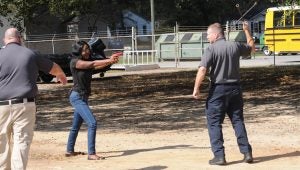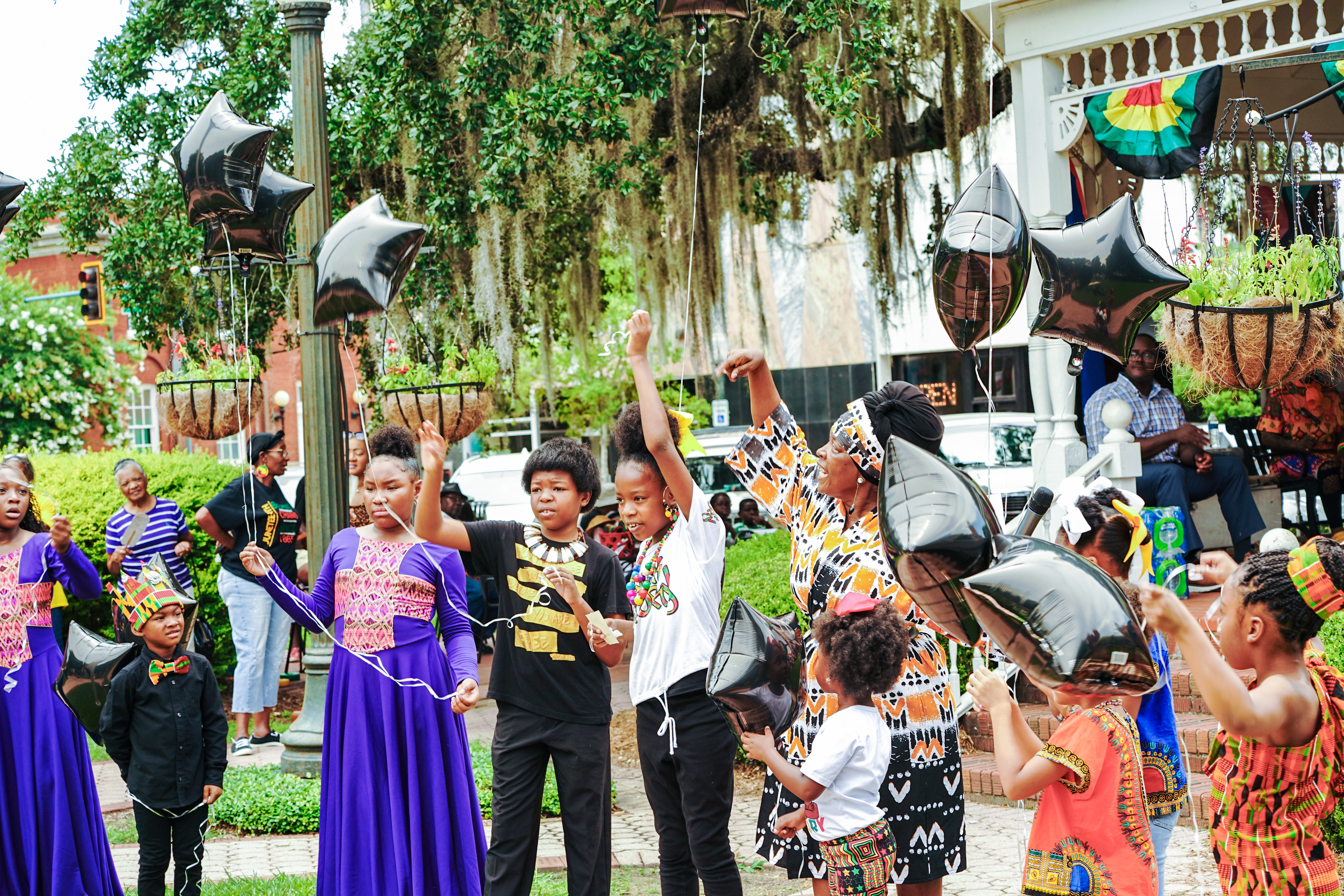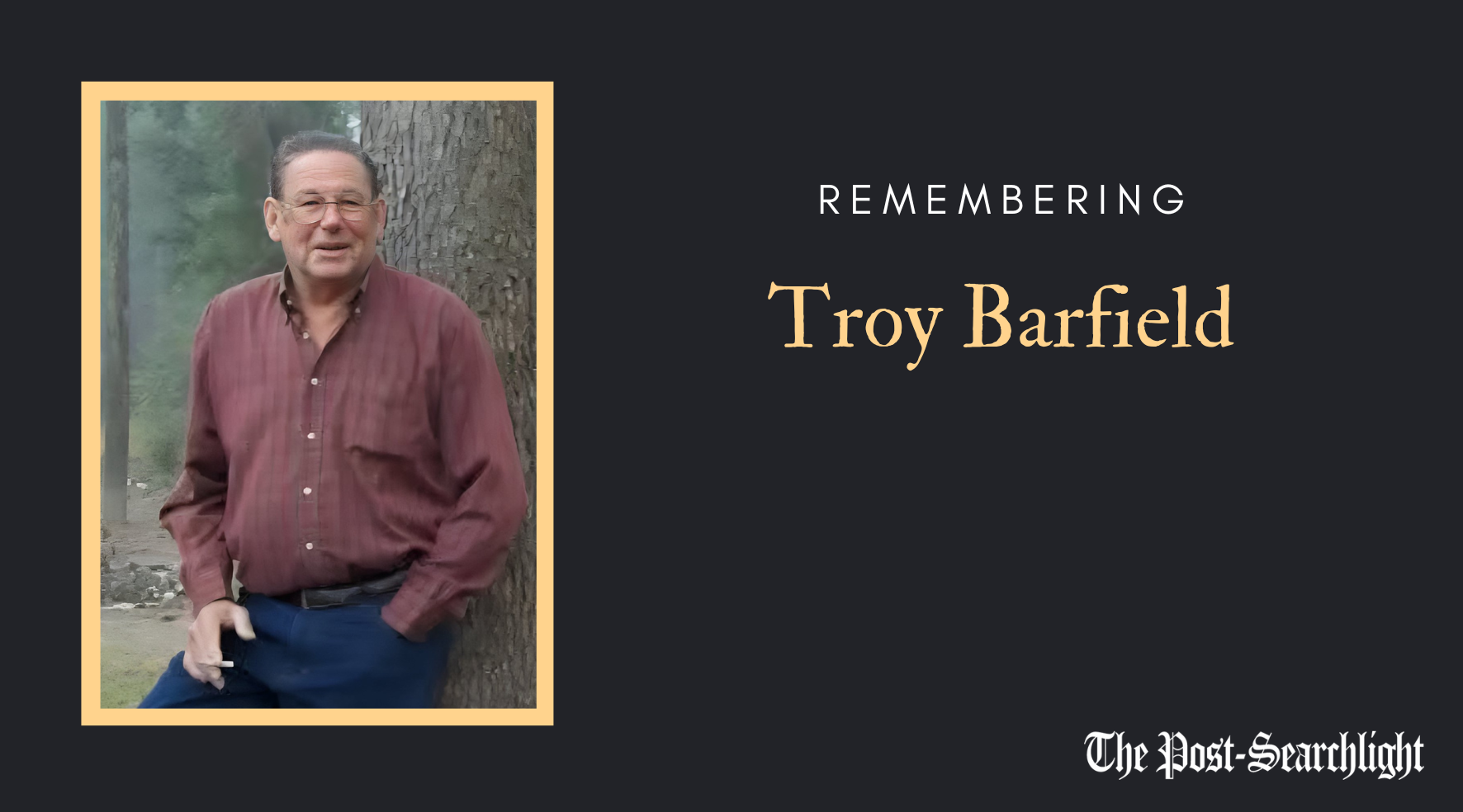Media takes part in Youth Leadership course on social media safety, use of force
Published 5:17 pm Friday, November 4, 2016
I was dead before I ever had the chance to react.
Bainbridge Public Safety Deputy Director Frank Green reached out the truck window with a silver air gun and fired multiple shots at me before I could even think about ducking for cover, or drawing the training gun that I had been provided.
During Thursday afternoon’s shoot/no shoot training session at BPS, I was tasked with playing the role of an officer performing a traffic stop. I was provided with a grand total of five minutes of training before stepping into the role of officer.
I made three practice draws of my red training gun from my hip holster under the watchful eye of BPS officer Ryan Wimberley and given quick instructions about approaching a vehicle. I was told to make sure I touched the back of the vehicle to one, check to see if the trunk was closed, two, to put my fingerprints on the car in case the perpetrators fled.
Then I was put behind the wheel of a police car, the lights were turned on and I was told to pull over the truck driven by Green with investigator Chris Jordan in the passenger seat.
As I exited the vehicle, Wimberley informed me the scenario was that Green had just run a stop sign and I was pulling him over for the infraction. I was told to approach the vehicle as I had been trained, albeit very briefly, and ask for his license and insurance information.
I made it to the back of the truck, put my hand on the back of the bed as I was taught and checked the bed for suspicious items or additional people.
I then took one step towards the driver’s window when the shooting started. I saw a flash of silver and then pow, pow, pow, Green opened fire, and I ducked and ran around the back of the truck while fumbling for my weapon.
There were no pellets in the weapon that Green fired, but if this was a real stop and that was a real weapon I would have been riddled with bullet holes before I even had the chance to realize that he had started shooting. It all happened so fast and I was never given a chance to react.
This is the danger that BPS officers, sheriffs’ officers and police officers throughout the country face everyday. I thought the scenario was a “routine” traffic stop, but for officers on duty nothing is routine and they are constantly walking into the unknown.
“You never know what you’re going into,” BPS investigator Chip Nix said. “Traffic stops are some of the most dangerous things that uniform officers get involved in. You don’t know exactly what’s going to happen.”
For instance, I was initially told that my scenario was just a simple stop for running a stop sign. What I wasn’t told is that Green and Jordan were playing the role of suspects on the run after committing a crime earlier in the day.
I had no way of knowing what I was walking into and neither do officers each time they execute a stop. The difference is that they have months and sometimes years of training and I had five minutes.
“We try to exercise good practice and good routine and try not to become complacent,” Nix said. “It’s one of those things where if you stop a car and it’s dark, illuminate things. If you stop a vehicle that has tinted windows you can ask them to put the windows down or step out and come to the back of the vehicle. It’s all in the officer thinking quickly on his feet and being able to give good, solid directions.”
Use of force and shoot/don’t shoot has made national headlines over the last couple years following multiple situations where officers used force against motorists or other suspects that were later determined to be unarmed. That is why BPS decided to hold this demonstration as part of the Chamber of Commerce’s Youth Leadership Class.
They wanted the students and the media members who were asked to take part in the demonstration to see how quickly a situation can escalate. In my scenario there was never a chance for me to make a decision, and in another in three seconds the situation went from a safe situation to the reporter role playing a cop being shot at multiple times.
The cops are constantly tasked with making a split second decision of how much danger they are in and how they should respond with life and death consequences for themselves and the suspect.
“It depends on the threat you’re facing,” Wimberly said. “How many people are there. There’s a lot of different things you take into consideration. Size, what type of shape they’re in. There is no black or white. There’s a lot of shades of grey.”
The best they can do is train and hope that everything goes right.
“It is an ongoing process,” Wimberly said. “This is one of those fields where the laws change daily, the tactics change daily. You’re never ready. You’re constantly preparing and practicing and it’s both physically and mentally that you have to do that.”
In my scenario, nothing went right and I was dead before I knew it.







